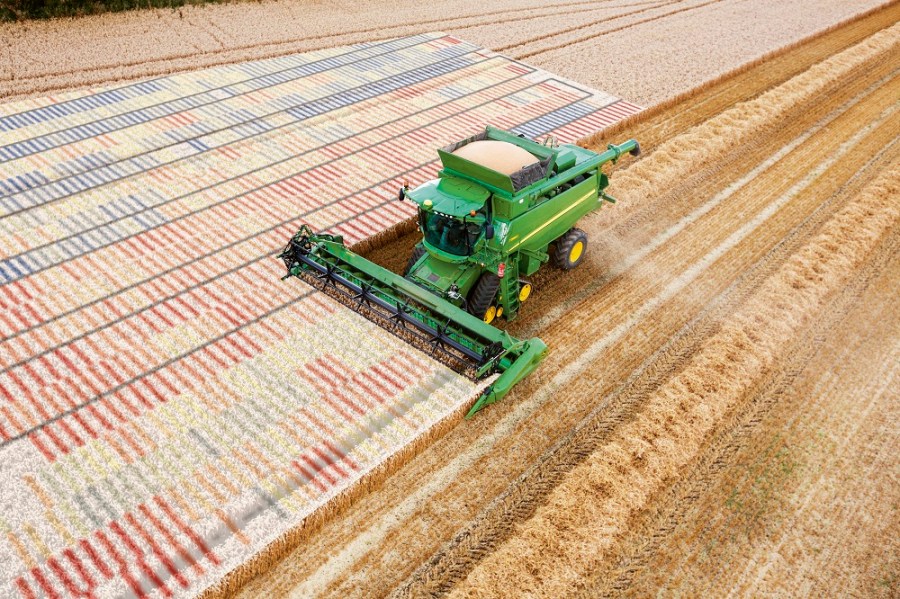In just five years, YEN has turned thinking about what will achieve a better yield on its head. CPM reports on how, with the help of science, it’s set to herald a new dawn in crop knowledge.
Farmers in YEN are now excited about what their land and their crops can achieve, but there’s so much more we can do.
By Tom Allen-Stevens
In November 2017, 120 farmers gathered at the Yield Enhancement Network (YEN) awards. For Prof Roger Sylvester-Bradley of ADAS, it was a defining moment in the history of agricultural understanding, and this wasn’t because 120 farmers had come together to find out whose crop had yielded the most.
“What was different was the level of engagement – it was a room full of avidly interested farmers and their supporters, all clutching their YEN reports that they’d been keen to receive and all wanting to debate the results,” he recalls.
The network currently has around 200 farmers engaged. Each year they submit a part of or whole fields and receive assistance in scrutinising how to make that crop yield to the best of its ability.
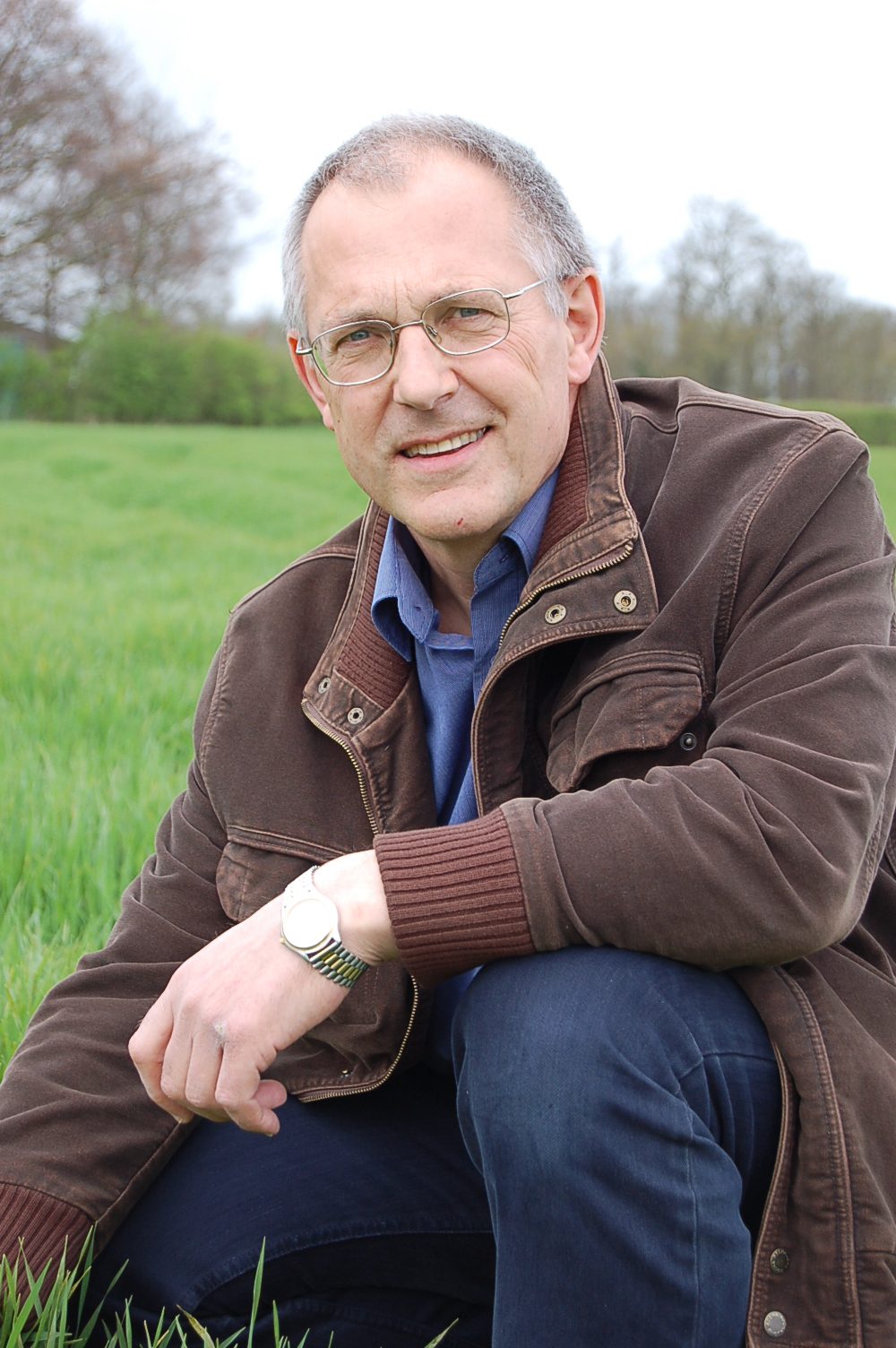
For the first time crop physiology is holding real traction with farmers, and that’s a golden opportunity, says Roger Sylvester-Bradley.
“It may be yield-driven, but what’s fascinating about YEN now is that the main motivation isn’t yield – it’s knowledge,” continues Roger. “In all the years I’ve been involved in crop physiology, this is the first time it’s ever held any real traction with farmers, and that’s a golden opportunity.”
Now YEN is about to take the next step in its voyage of discovery. ADAS has applied for and been granted EU funding through the European Innovation Partnership (EIP) for a new project that will bring together scientists and in-field experts with farmers to test innovative ideas on their crops.
“YEN’s achieved a lot, but it hasn’t yet exploited the digital revolution that’s taking place in farming,” notes ADAS colleague and YEN co-founder Dr Daniel Kindred. “Farmers in YEN are now excited about what their land and their crops can achieve, but there’s so much more we can do.”
One of the catalysts that kick-started YEN in the first place was the study carried out by NIAB and delivered in 2012 on the yield plateau – on-farm yield increases in UK cereals and oilseeds appear to have stagnated, despite progressions in crop agronomy and varieties, according to the study.
But maybe the problem has been the industry’s approach to enhancing yield, suggests Daniel. “The world of the small-plot trial is focused on applying inputs for incremental yield gains. Yet it ignores the massive variations that take place within fields and between farms.”
YEN turns this thinking on its head – every wheat crop has a potential yield, depending on how much water and sunlight it can capture, that could be over 20t/ha. The trick for the grower is to know how that potential is determined and therefore how to manage the crop to realise it. YEN calculates yield potential for your site and location and coaches you through that process. So the awards themselves are not just for highest yield, but for highest percentage of yield potential achieved.
“For me, the big learning curve has been that biomass is king,” notes Roger. “Big yields come from big crops, and if you can manage a crop to produce 600-700 ears/m² and feed those ears, it’ll reward you royally.”
Any farmer can join and it costs £300 to enter a crop, which includes all the information and support. Typically the cost for individual farmers is picked up by sponsors – YEN has corporate sponsors who play a key role in steering the evolution of the network and its activities, bringing farmers together in discussion groups, for example.
The network has grown from a base of 30 to over 200 farmers, notes Roger. “We’d envisaged there’d be more farmers involved, but actually, without bespoke software, it has become a struggle to co-ordinate all the sampling and stats from those involved.
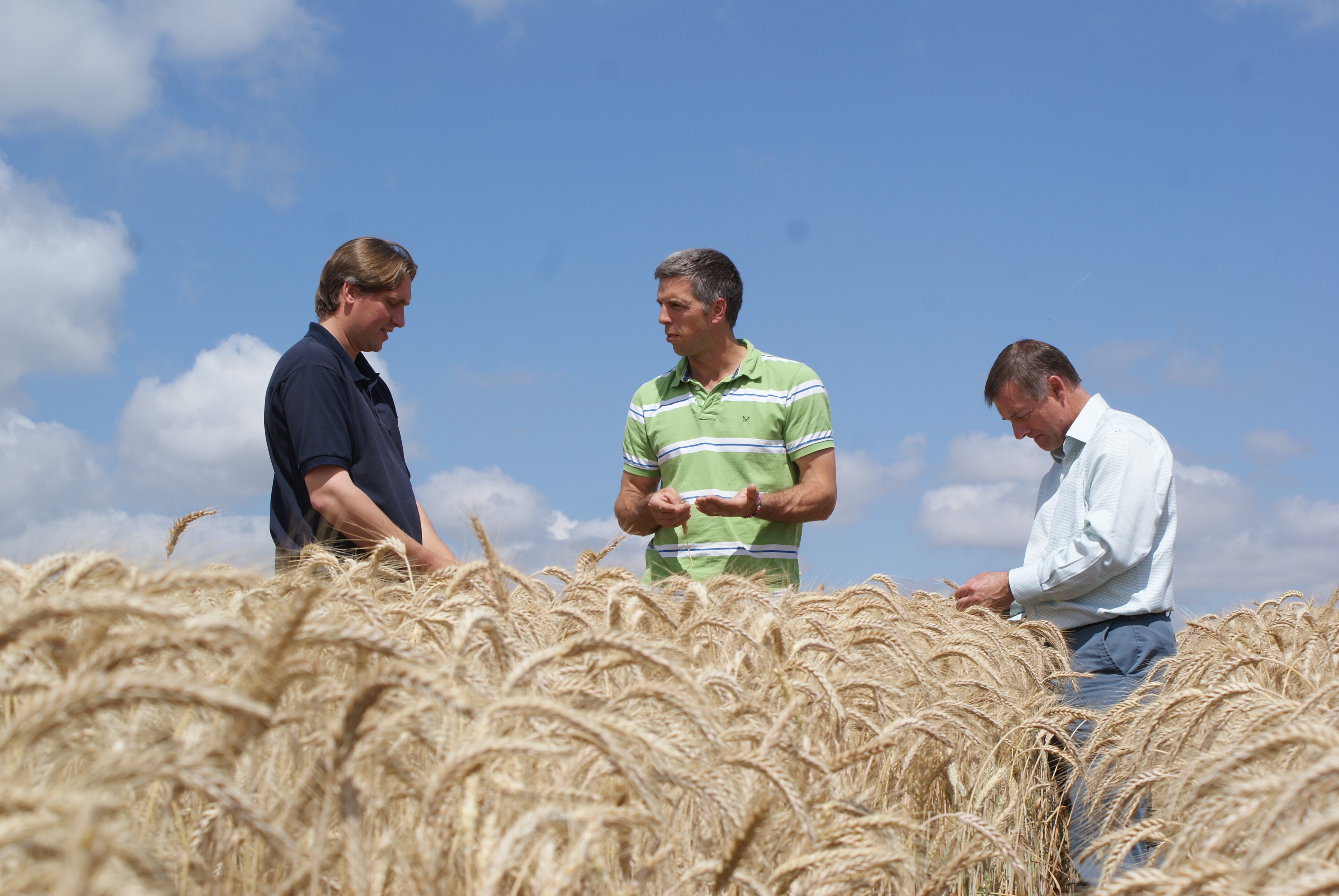
The interaction with farmers is working better than they could have imagined.
“On the plus side the interaction is working better than we could have imagined. Benchmarking and comparisons are really important, that farmers love talking about – with 37 different criteria delivered in their results, there’s plenty to discuss.”
That’s where the opportunities lie for a digital platform, Roger believes. “It should bring science out into the field and into the hands of farmers, which is where it belongs – agricultural progress simply doesn’t happen in labs. Using new technologies to capture information and agronōmics to analyse it is what can offer a whole new realm of best practice.”
But there’s only so much even a digital platform can achieve – It’s estimated there are around 1030 combinations of different decisions about what to do with your crop, so finding the combination that delivers results will always come down to the skill of the farmer, says Roger.
“The world I believe we can achieve is one where farmers regard themselves as joint creators of knowledge about farming with scientists. When everyone’s working together, understands each other and has a role in the process, that’s when we’ll see real yield enhancement.”
YEN Awards, 2017

The appliance of science brings yield to the field
The new project will see a sub-set of up to 48 YEN-registered farmers robustly test alternative ways of enhancing field yields using the ADAS Agronōmics approach. The farmers will test a number of ideas with the aim of creating the on-farm proof that stands up to scientific scrutiny.
The £140,000 grant is being used to set up and co-ordinate a total of 48 on-farm trials for harvests 2018, 2019, and may possibly extend into 2020. “Ultimately it will shape an approach so that any arable business will be able to understand, test and share any aspect of field-crop production,” says Roger Sylvester-Bradley.
“That in itself will enhance the industry’s productivity, profitability, and environmental efficiency. But we’re hoping we’ll also come across specific concepts or approaches that offer tangible benefits and warrant further research.”
Having started halfway through the cropping season, the first year of projects is making use of three concepts already under trial by groups of YEN farmers:
- Potash release in heavy clays – looking at ways of increasing potash availability during periods of maximum crop growth
- The potential for amino acids – taking some of the unknowns out of biostimulants and assessing situations where they offer real value
- Canopy longevity – whether a greater emphasis on management at the end of the season can help fill all those ears and hence boost yields.
There’s around six individual trials for each idea under test. “We’ll have an Ideas Lab in June to decide priorities for harvest 2019,” adds Roger. Within each group there’s a facilitator who co-ordinates the activity, bringing in expertise as needed.
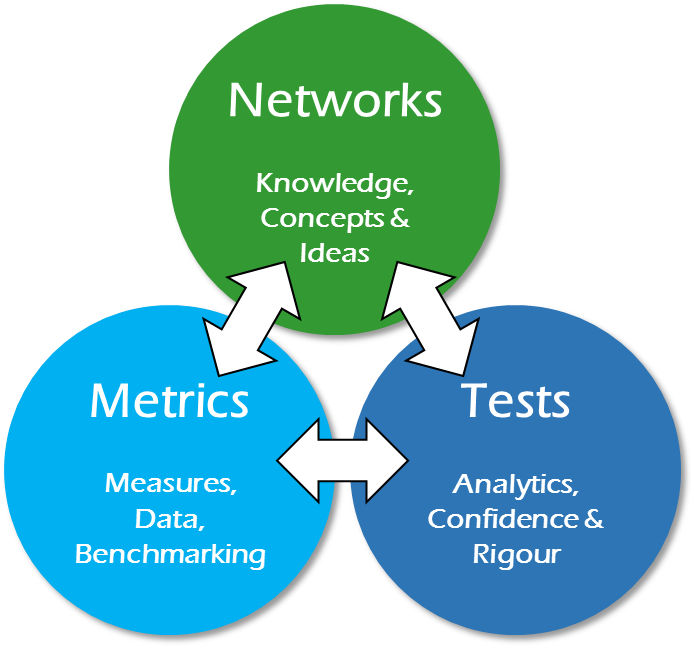 It’ll develop some core disciplines with the farmer innovators involved:
It’ll develop some core disciplines with the farmer innovators involved:
- Metrics – taking measurements, such as soil samples, ear and tiller counts and photos at key times to understand yield scientifically and to benchmark
- Testing – analytics to enable comparisons at farm scale to be made with known confidence, avoiding being misled by spatial variation
- Networks – Sharing findings with each other and with scientists.
Farmers by nature are “irreverent optimists”, states Daniel Kindred. “They’ll base their decisions on what one variety, fungicide or nutrient supplement does in one year. But that’s not good enough for the scientist nor for it to be trusted by other farmers.
“Equally scientists can be criticised for being over-rigorous – absence of evidence isn’t necessarily evidence of absence. This project should bring protocols for both scientists and farmers so they can work together to enhance yields.”
Field labs – putting science onto the farm
There are currently a number of organisations and approaches that collectively are bringing about a quiet revolution in how new ideas and technologies are adopted on farm.
ADAS – Agronōmics
This develops the idea of tramline trials, and applies more scientific rigour to the process. It harnesses the visual result of what you see – the difference where two treatments meet – and puts some figures in to analyse it and provide some depth and breadth to the study. Combine yield-mapping effectively turns the tramline trial into dozens of small-plot trials, argues ADAS, providing 1000s of potential data points.
Initially developed by ADAS through an Innovate UK project with partners to develop the protocols, agronōmics allows greater confidence in the results of on-farm trials. It applies statistical analysis to the data and takes out a lot of the ‘noise’ that could skew results – variations in soil type, for example, that could bring about false positives. But transferring, processing and integrating the data is not trivial, and it currently requires a high degree of technical expertise to interpret results.
Soil Association – Innovative Farmers
Started in 2015, this aims to connect groups of farmers with suitable researchers to fund small projects. These test and disseminate innovations using Field Labs. Anything is on the table, but emphasis is on sustainability, and it must be farmer initiated.
It’s part of the Dutchy Future Farming Programme – the Prince of Wales Charitable Trust – and BBSRC and AHDB are among sponsors supporting labs. This opens the door to successful projects getting further funding to develop the science behind the innovation. While the concepts under trial may be new to the farmers involved, they may not be that innovative, however, and the process of initial evaluation has been criticised for lacking scientific rigour.
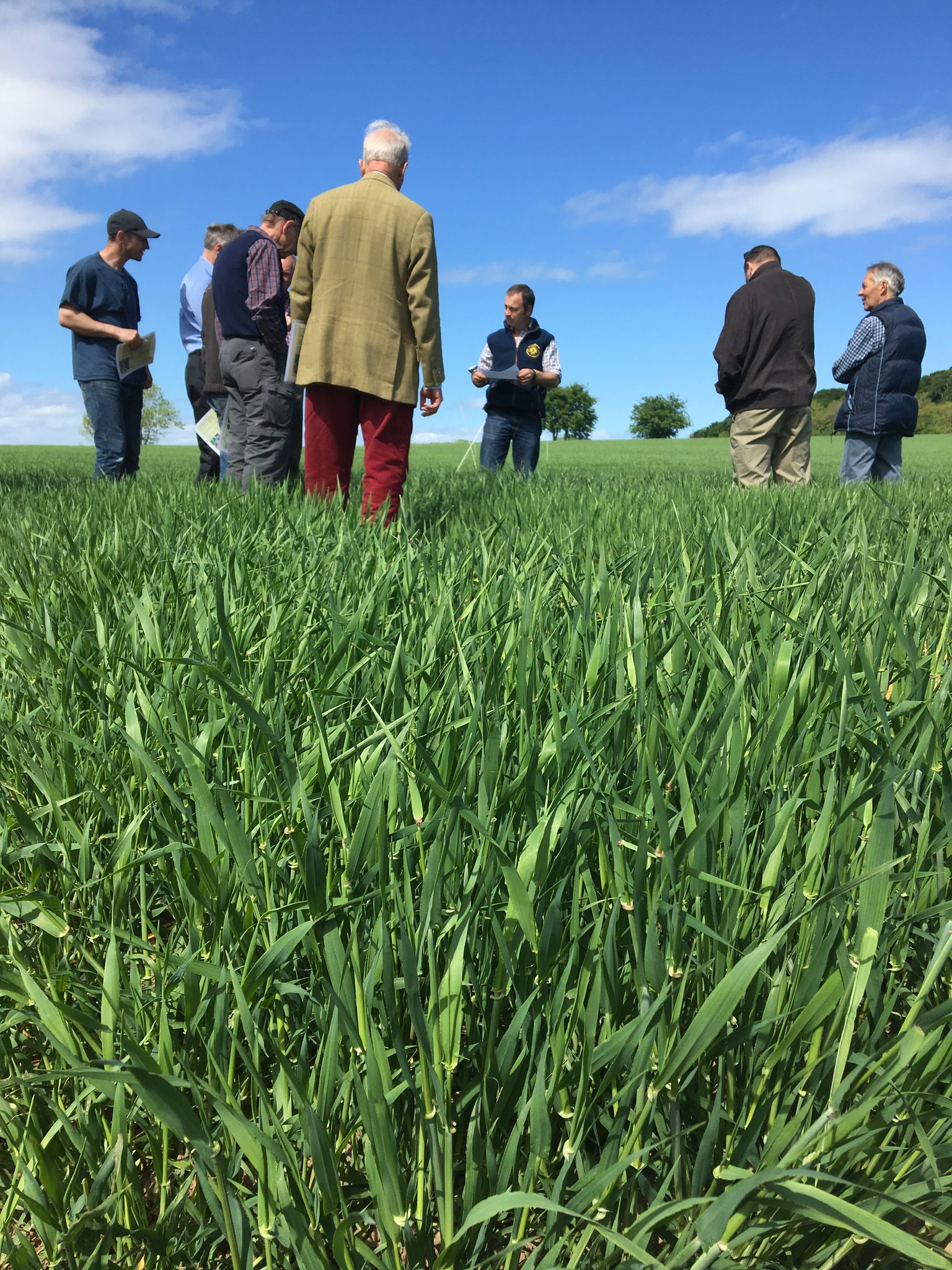
AHDB has significantly increased the resource it’s putting into its farmer-engagement activities.
AHDB – Farm Excellence Platform
This brings together a number of farmer-involvement activities undertaken by AHDB, namely its Monitor farms, arable business groups and technical events. A new strand was launched last year – the Strategic farms – which are a step up from Monitor farms, involving scientists, AHDB staff and experts looking at longer term impacts of innovations and concepts.
AHDB has significantly increased the resource it’s putting into its farmer-engagement activities. The platform acts as a ready conduit for grower-funded R&D which, AHDB hopes, will accelerate adoption of new approaches on farm. The current networks of monitor farmers and business groups are a proven, successful forum to share ideas and benchmark practices. But given some of the ‘big ideas’ farmers would like to put to the test, its resources are limited, and there’s doubt the platform will put more than a handful of AHDB-funded projects into practice.
Rothamsted Research – Farm-Inn
Rothamsted is putting in place a new approach to test more innovative ‘high risk’ ideas that need more of a science input. Projects will come from farmers (individuals or groups), assessed by Rothamsted and then directed to the best partner, which could be an existing farmer network. The adopted projects will get the resources they need for a high degree of scientific input.
With significant funding from BBSRC, the approach has the potential to put farmers directly in touch with entirely new and out-of-the-box ideas. Public-funded concepts and technologies that have hitherto languished in the so-called ‘Valley of Death’ could get the market pull they require for commercial companies to take them on, once exposed to real farm situations. But there are doubts about whether the scientific community, accustomed to its public-funded work being evaluated through peer-review, will adjust its mindset to this untested, unvalidated approach of trial by farmer.
BASE – Conservation Agriculture
BASE UK (Biodiversity, Agriculture, Soil and Environment) is the organisation that represents farmers and individuals who are interested in Conservation Agriculture. One of its founders in the UK was leading light of no-till Jim Bullock, and it has associations with like-minded groups in Europe, the Americas and Australasia.
A member organisation, it’s driven by the enthusiasm of farmers involved to test and share ideas based on three core principles: minimum soil disturbance, residue cover on the soil and rotations. The advances in no-till drilling and cover crops owe a lot to BASE UK, although its approach could be criticised for being more evangelical than scientific.
Agrochemical manufacturers – farmer groups
These include initiatives such as BASF’s Real Results, Bayer Xpro Farmers Club and Syngenta’s Root Matters. Farmers in these groups get privileged access to new, proprietary material, underlying research the manufacturer is funding or part-funding, and the resource to develop ideas and concepts.
The benefits for farmers include direct access to knowledge on technology that’s typically new to market, resource to help with on-farm testing, and bringing farmers together to share ideas. But it’s an approach that lacks independence, and its agenda is very much governed by its host manufacturer.

